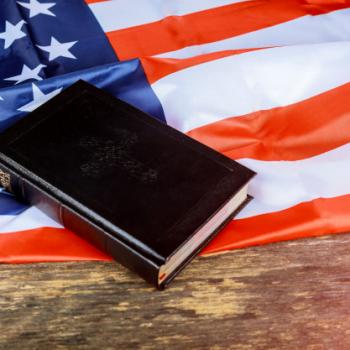Every week as he delivers the sermon at the oldest black church in Los Angeles, pastor William Eps stands where history was written. Martin Luther King Jr. spoke at Second Baptist Church throughout the 1950s and ’60s. Today social justice remains just as important to the 127-year-old church—but the faces of the community it serves have changed dramatically.
Decades ago, members of the predominantly black congregation lived nearby and walked to services. Today the church is a commuter congregation—its black members no longer live in the neighborhood, which, like the rest of once-black South Los Angeles, is now Latino.
Richard Flory, director of research at the University of Southern California’s Center for Religion and Civic Culture, said that while the city’s ethnic makeup has been changing since the 1990s, the newest manifestation is the identity shift of South Los Angeles churches from community churches to commuter churches.
Paul Felix, president of the Los Angeles Bible Training School, does not see black churches relocating in the same way that white churches relocated to the suburbs in the 1950s and ’60s.
Read the rest here











